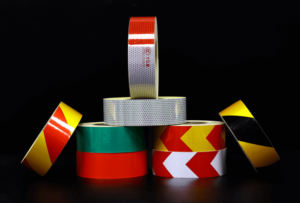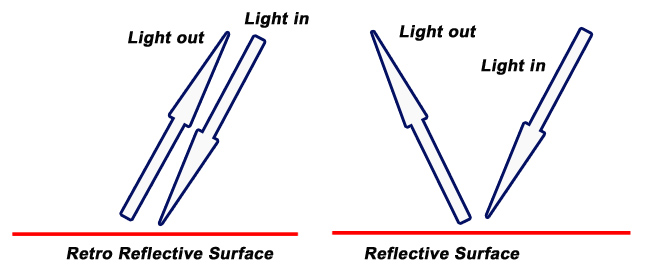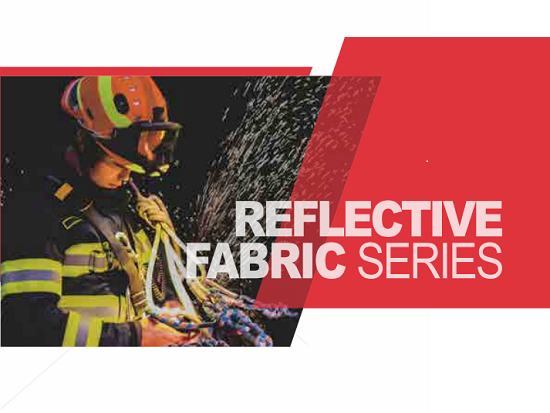Retro Reflective Tape
- Item: Advertisement grade, Engineering grade, Double color, High intensity grade, High intensity prismatic grade, Marine grade, etc
- Color: Regular colors are white, yellow, red, green, blue, orange, brown and black. Accept customized.
- Type: PET, Acrylic, PC or PVC type
| Item | Advertisement grade, Engineering grade, Double color, High intensity grade, High intensity prismatic grade, Marine grade, etc |
| Color | Regular colors are white, yellow, red, green, blue, orange, brown and black. Accept customized. |
| Type | PET, Acrylic, PC or PVC type |
More YGM reflective products
Retro reflective tape FAQ guide
Table of Contents
As the name implies, YGM Reflective Tape is an encapsulated lens sheet that is provided with a flexible and fully transparent plastic foil that covers the lens. It is specially designed for the marine industry, offshore industry and has a long life span, high clarity and great anti-elimination properties. There are many reasons why our reflective tapes are the best on the market. They feature an encapsulated optical design with a high reflective value, which is clearly visible from any angle, whether it be dry or wet. In case you are looking for reflective tape, then YGM is the best choice for you.
What is the definition of retro reflective tape?
The tape is designed to stand out in various environments, ensuring the user is visible and ultimately safe, especially in low light. By using glass spheres or man-made prisms, reflective tape reflects light back to its source. As a result of the use of tape markings, facility employees and visitors are informed of the dangers which may be present within the facility and how to avoid them, which has the potential to improve workplace safety.

Figure 1: Example of Retro-reflective Tape
What are the features of this product?
- Retro refers to going backwards. Essentially, this means that light is returned only to its original source in the reflective tape industry.
- These lights can be used both indoors and outdoors and can withstand extreme weather conditions and continuous outdoor exposure. They can be used both indoors and outdoors, so moving appliances will be more visible from a distance, whether helicopter lights are used to detect them.
- It is available as a stitchable tape as well as a self-adhesive tape.
- There are various colors available for you to choose from
- Through the tape, a bright white light is reflected, which is very clear and bright
- Its high reflectivity allows the product to cover a wide range of entrance angles due to its high reflectivity.
- Indoor and outdoor use is possible with this product.
- If you wish, you can also order other widths upon request.
In what way does reflective tape work?
Reflective tape has a reflective coating, which means that it reflects light back to its source by reflecting light toward its surface. This means that it will reflect light back to its source. As a coating, miro glass beads or prismatic beads are usually incorporated into the mix. In fact, there are many different types of micro glass beads and prismatics that can collect light around the tapes. These beads can then reflect all of that light back into one direction, much like the way that light is emitted, in the same way that it is collected.
Difference between retro reflective and reflective tape?
- The word “retro” is the key to understanding the difference between a reflective surface like a mirror, and a retro reflective surface like a bike or automobile reflector.Retro means to go back or backward. In the reflective tape industry it means to return light back where it came from and nowhere else. Glass bead retro reflective surfaces use glass spheres to collect light and bounce it back to the source. The rounded shape of the beads is what creates the retro reflectivity. A mirror is reflective but not retro reflective because it sends light in different directions depending on the entrance angle.

Figure 2: Difference between retro reflective and reflective
Retro reflective materials:
- There are retro reflective traffic signs and pavement markings on the roads. There are many ways in which retro reflective materials can be incorporated into clothing, helmets, bike equipment, backpacks, or attachable strips. It is possible to create a visual “signature” for pedestrians at night or under low-light conditions by using retro reflective material. The signature helps the motorist distinguish the “thing up ahead” as a pedestrian rather than a fence post, motorcycle, or snowplow as we mentioned earlier in the article. As a result, if motorists are able to reduce the amount of time it takes them to detect and recognize pedestrians or bicyclists, then they will have more time to react, thus reducing the likelihood of a collision. There is no better reflector than this one.
Why are road signs reflective?
In contrast to other shiny surfaces, which reflect light in accordance with the angle from which the light emitting source is emitted, road signs are designed to reflect light in all directions, no matter what angle the source of light is coming from (so long as it reaches the sign). It is because of this that they become more visible from all directions. In order to achieve this type of reflection or retroreflection on the surface of a road sign, prismatic reflectors or glass beads are applied as a coating on the surface of the sign, which is called “retroreflection.” It is expected that retro reflective road signs will be repaired and replaced regularly in order to maintain a high standard of visibility and brightness over the years, as the reflective coating is likely to degrade with time.

